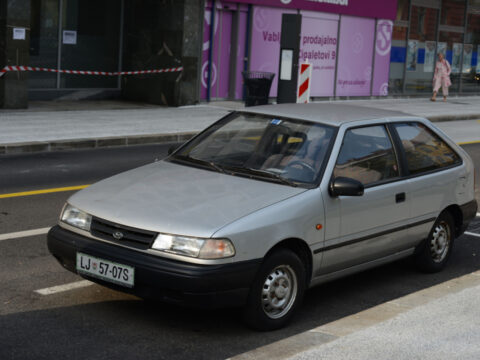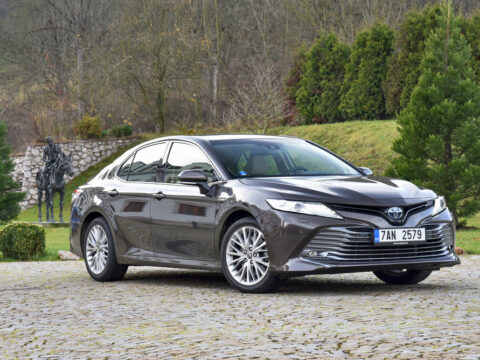Throughout automotive history, countless innovations have been designed to push the boundaries of what vehicles can do. While some have reshaped the industry, others failed to hit the mark. Many of these bold attempts promised groundbreaking advancements but ultimately struggled due to design flaws, high production costs, or a mismatch with consumer demands. These vehicles serve as reminders that even the most ambitious ideas can fall flat if they don’t resonate with drivers.
From quirky amphibious cars to electric vehicles ahead of their time, these innovations often faced challenges that were hard to overcome. Whether it was poor performance, reliability issues, or an aesthetic that didn’t appeal to the market, these vehicles faded into obscurity despite their initial hype. In this article, we explore some of the most notable vehicle innovations that, despite their potential, failed to impress drivers and left a lasting impact for all the wrong reasons.
Contents
Amphicar (1961)

The Amphicar was a bold attempt to combine a car and a boat, promising seamless transitions between land and water. However, the execution left much to be desired. A weak engine and poor handling on roads and in water didn’t inspire driver confidence. Its high cost and maintenance difficulties further discouraged buyers. While it remains a quirky collector’s item today, the Amphicar never gained widespread appeal due to its impractical design and underwhelming performance.
Ford Edsel (1957)
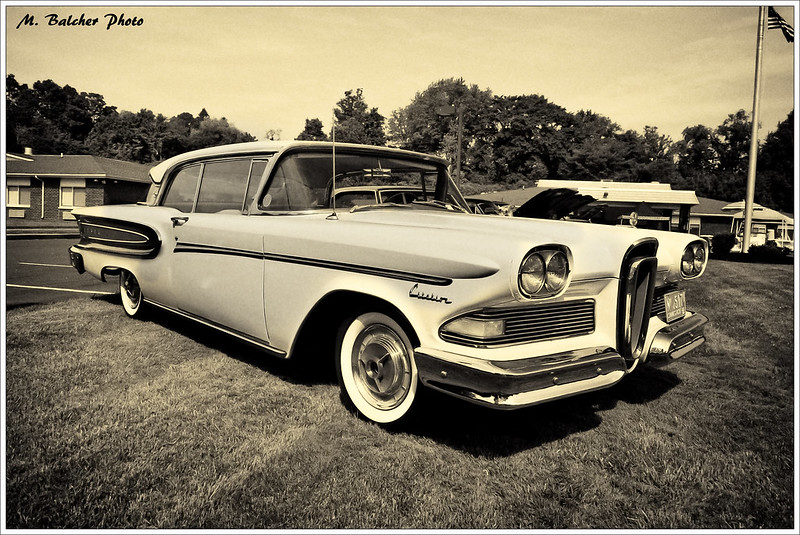
Marketed as the car of the future, the Ford Edsel quickly became a symbol of failure. Consumers were unimpressed by its awkward design, particularly its controversial horse-collar grille. Edsel’s high price tag, poor quality control, and reliability issues contributed to its downfall. Its release coincided with a recession, making it even harder to sell. Ford’s marketing missteps, which overhyped the vehicle, also led to unrealistic consumer expectations, resulting in a major disappointment.
Yugo GV (1985)
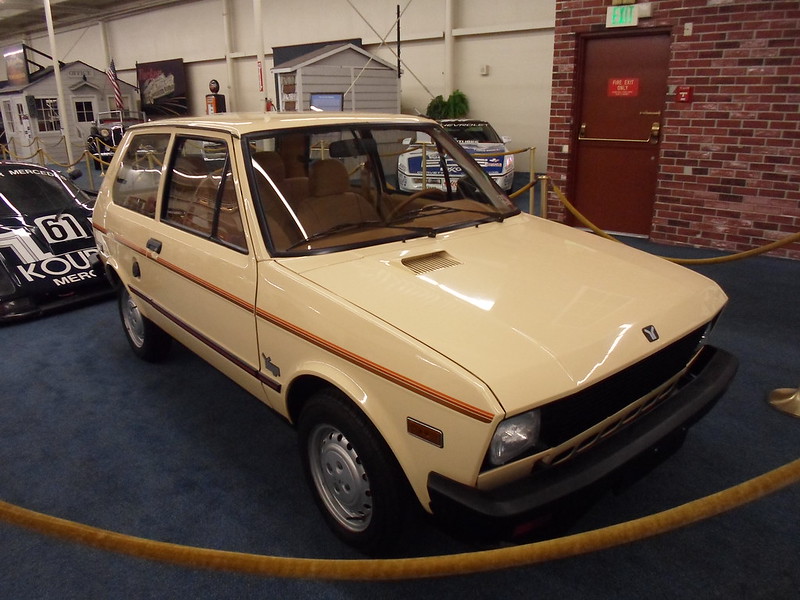
The Yugo GV was designed as an affordable compact car, but its low price reflected its questionable quality. The car suffered from serious mechanical issues, frequent breakdowns, and poor build quality, making it a frustrating choice for drivers. It was plagued with reliability problems, and its sparse interior and lack of modern features turned off consumers. While it was marketed as a budget-friendly vehicle, its cheap construction led to its reputation as one of the worst cars ever made. (Note that a 1987 Yugo GV Sport is pictured above).
Chrysler Airflow (1934)
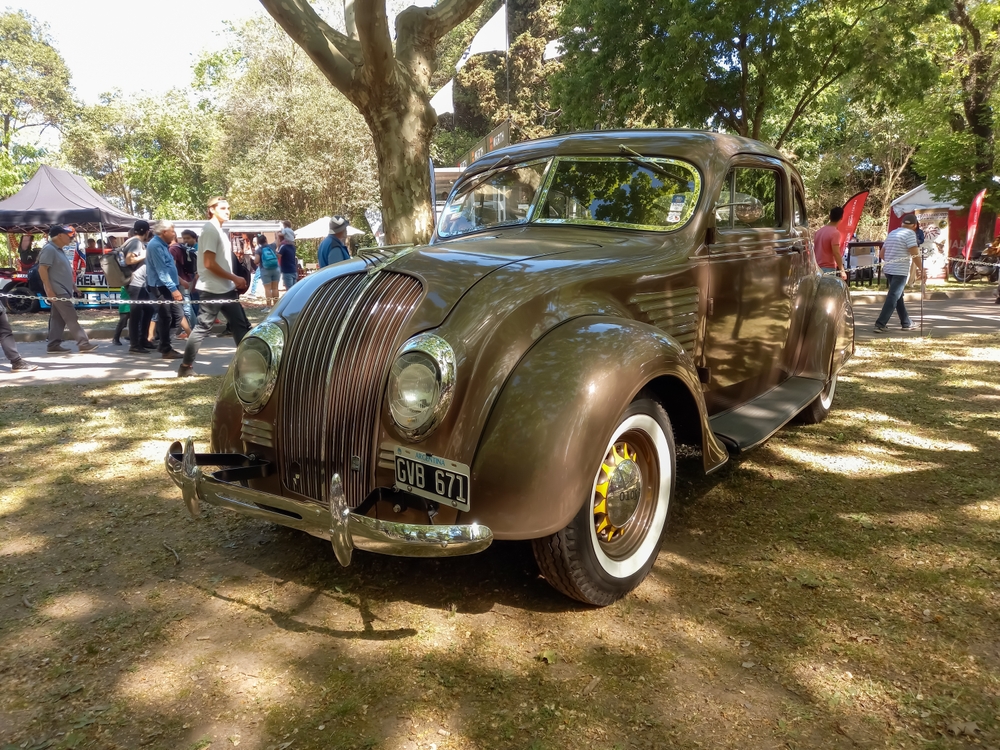
The Chrysler Airflow was an ambitious attempt at creating a streamlined, aerodynamic car long before such concepts were popular. However, its futuristic design was far too ahead of its time for 1930s consumers, who found its appearance unattractive and unconventional. The early models were plagued with mechanical issues and the public’s resistance to its unique look hurt sales. Despite its engineering innovations, the Airflow’s market failure was a classic example of a car being too innovative for its era.
General Motors EV1 (1996)

The GM EV1 was a groundbreaking electric vehicle ahead of its time, but it ultimately failed to gain traction. Despite its environmental promise, high production costs and limited range hindered its success. Additionally, infrastructure for charging electric vehicles was virtually non-existent, making it impractical for daily use. GM’s controversial decision to lease rather than sell the EV1 also caused dissatisfaction among users. Eventually, the automaker recalled and destroyed the majority of the vehicles, leaving EV1 as a cautionary tale for future electric cars.
DeLorean DMC-12 (1981)
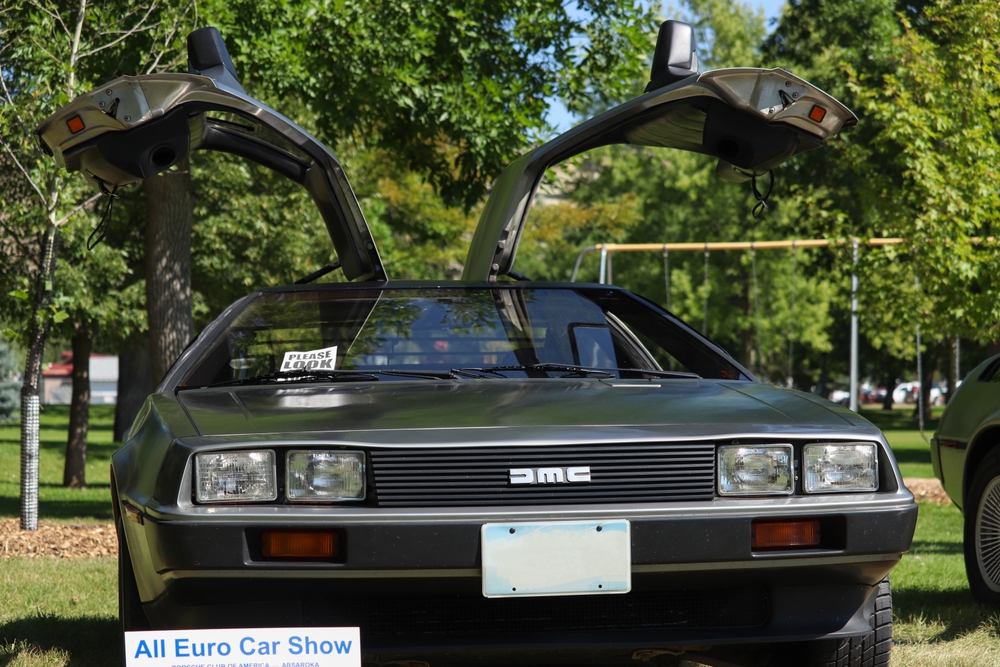
Famous for its role in Back to the Future, the DeLorean DMC-12 was a futuristic-looking sports car that ultimately didn’t live up to its hype. Its stainless steel body and gullwing doors turned heads, but its underpowered engine, poor build quality, and high price tag discouraged serious buyers. Production issues and the company’s financial troubles further sealed the car’s fate. While it remains a cult favorite today, the DeLorean’s performance shortcomings led to its commercial failure.
Tucker 48 (1948)
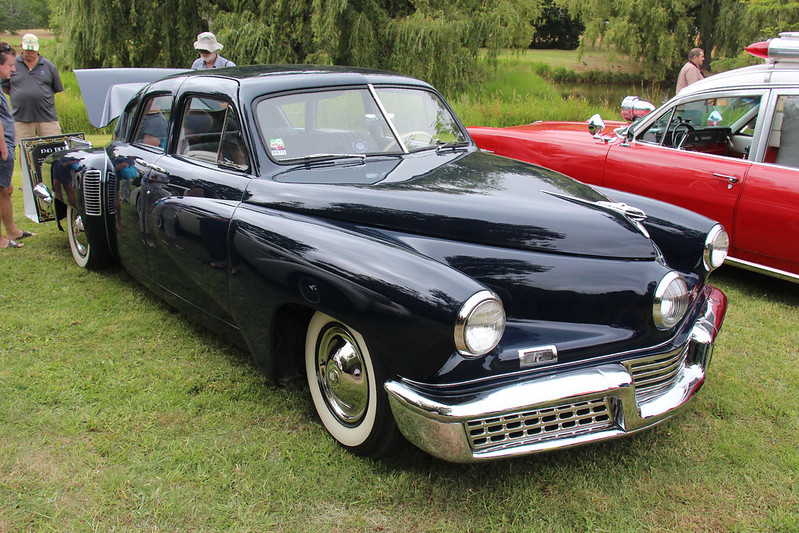
Preston Tucker’s dream car, the Tucker 48, was ahead of its time in many ways, boasting innovative safety features like a shatterproof windshield and a center headlight that swiveled with the steering. However, Tucker’s ambitious project was plagued by funding issues, production delays, and legal battles with the automotive establishment. Only 51 cars were made before the company folded, and while the Tucker 48 is admired for its visionary design today, it was a commercial flop in its era.
Cadillac Cimarron (1982)
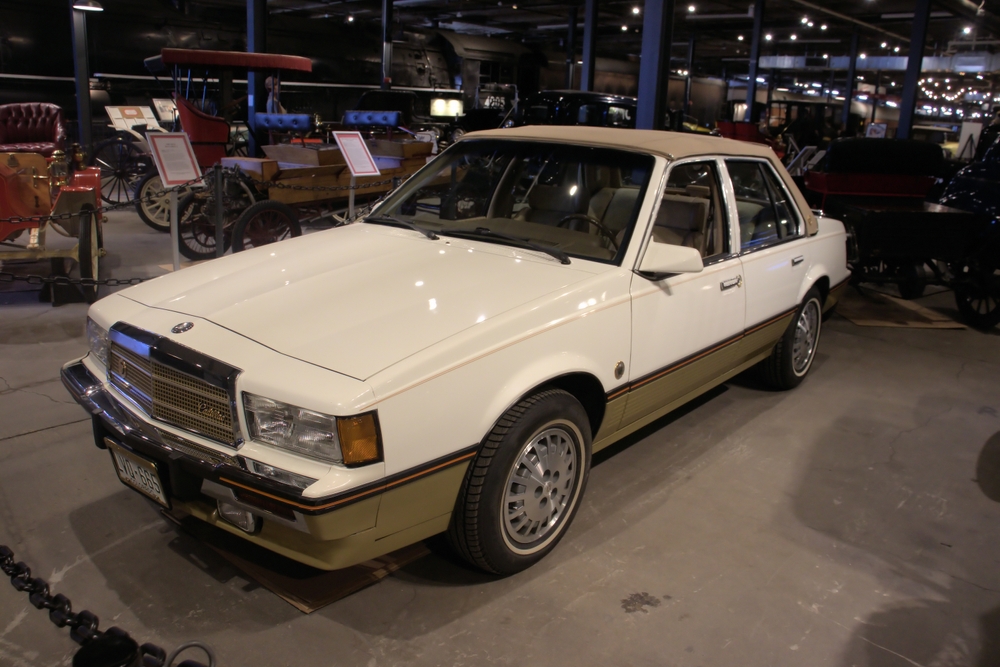
The Cadillac Cimarron was an ill-fated attempt to enter the compact luxury car market. However, it was essentially a rebranded Chevrolet Cavalier, and drivers quickly noticed. It lacked the premium features and performance expected from the Cadillac brand, leading to consumer disappointment. The car’s high price tag and underwhelming engine performance sealed its fate as a failure. Cadillac’s attempt to offer a budget luxury car backfired, damaging its reputation in the process. (Note that a 1986 Cadillac Cimarron is pictured above).
Pontiac Aztek (2001)
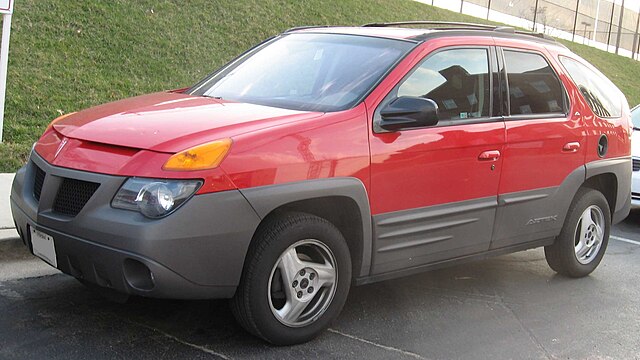
The Pontiac Aztek’s overly ambitious design attempted to blend the utility of an SUV with futuristic styling, but its unusual looks quickly became a laughingstock. The Aztek was criticized for its unattractive appearance, which overshadowed its practical features like a spacious cargo room and versatile interior. Sales were poor, and despite its initial target of younger buyers, the Aztek never found a solid market. Its place in automotive history as one of the ugliest cars is well known, though it gained a cult following after its appearance in Breaking Bad.
Bricklin SV-1 (1974)
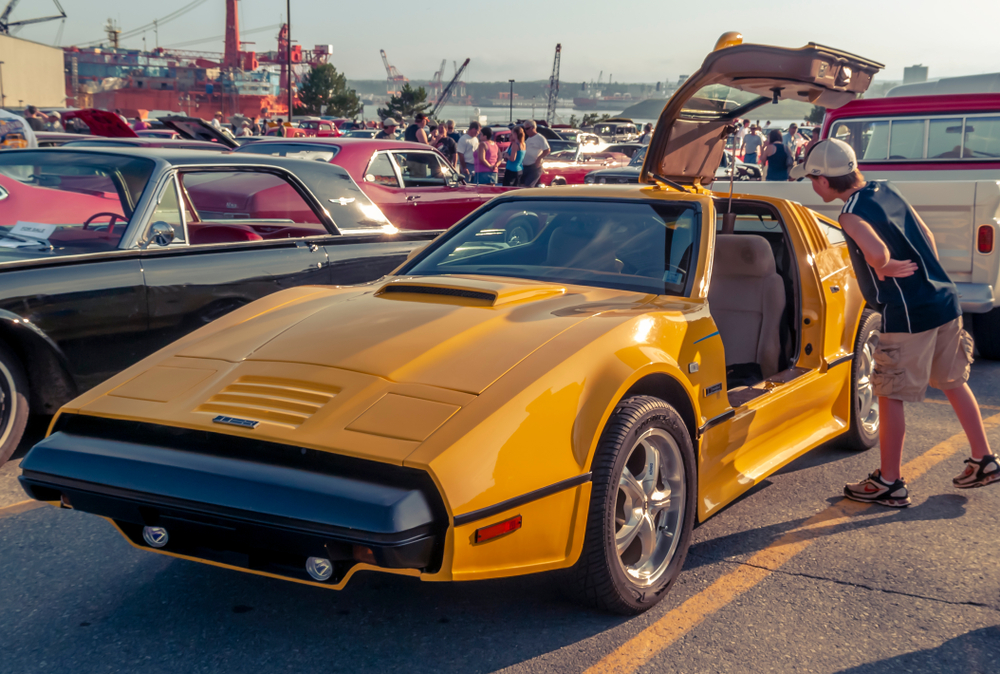
The Bricklin SV-1 was designed as a safe, high-performance sports car with an emphasis on safety features like an integrated roll cage and energy-absorbing bumpers. However, production problems, a lack of reliability, and poor build quality led to its downfall. The car’s gullwing doors, meant to be a standout feature, often malfunctioned, and its hefty price tag further alienated potential buyers. Financial troubles for the company sealed the SV-1’s fate, making it a short-lived failure.
This article originally appeared on MyCarMakesNoise.
More from MyCarMakesNoise
13 Car Brands That Make More Sense to Buy New

When it comes to buying a car, opting for a new vehicle has its distinct advantages, especially with certain brands known for their durability, advanced technology, and strong resale value. Throughout this article, we explore car brands that are typically best to buy new, delving into what makes each one stand out and their recommended models to consider. Read More.
11 Obscure Public Transport Systems Worth Experiencing

Exploring a new city or country often means navigating its public transport, but some systems go beyond mere functionality – they offer a window into local culture, history, and daily life. While the world’s major metros and buses are well-known, there’s a host of lesser-known transport options that provide unique and memorable experiences for the curious traveler. Read More.
15 Worst Cars for Resale Value

Buying a car is a significant investment, and while the allure of a shiny new vehicle can be strong, it’s crucial to consider the long-term financial implications of your purchase. Depreciation is a car buyer’s stealthiest expense, quietly eroding the value of a vehicle over time. Read More.

